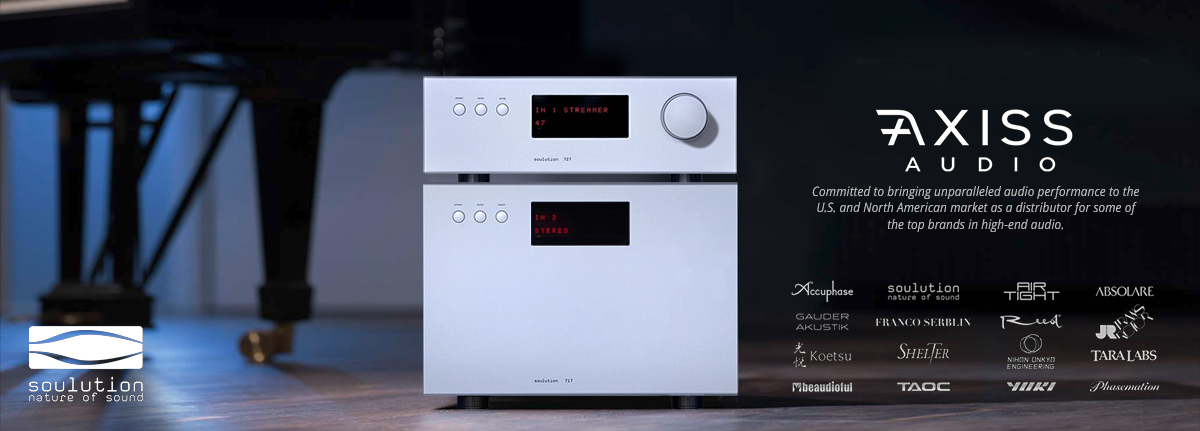I hear that on all online videos and have never taken any of them seriously. All the video says to me is that someone felt it was worth doing for a reason so I take them as statements on that account only.Granted, we all discern/interpret what we hear differently. But personally, I’m hearing some overly bright, overly detailed, thin/lean, slightly compressed, congested, boxy/roomy bass, and a touch of digital-like hash in one of these videos — very similar to traits Class D and even digital owners have been complaining about for 20+ years. But I’ll leave it to you and others to decide which.
As you know this was in the room of the reviewer, who gave the amps a good review. There's a good deal of other reviews out there; one of them makes comparison to our M-60 OTLs which that reviewer also reviewed. The M-60s have garnered many reviews and awards in the high end press over the years and decades. Its probably a good idea to not draw conclusions until you have direct experience.
There are two other class D amps which you might also want to hear if you even plan to give class D another chance. One is the AGD which looks a bit like a box with a KT88 mounted to it. The other is the Orchard class D. Both use GaNFETs, which allow for vastly reduced switching noise due to less inductive parasitics.
















